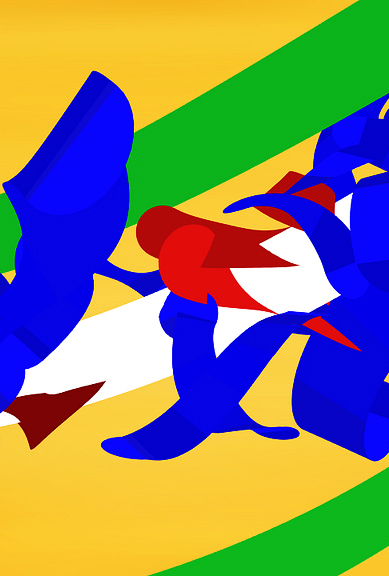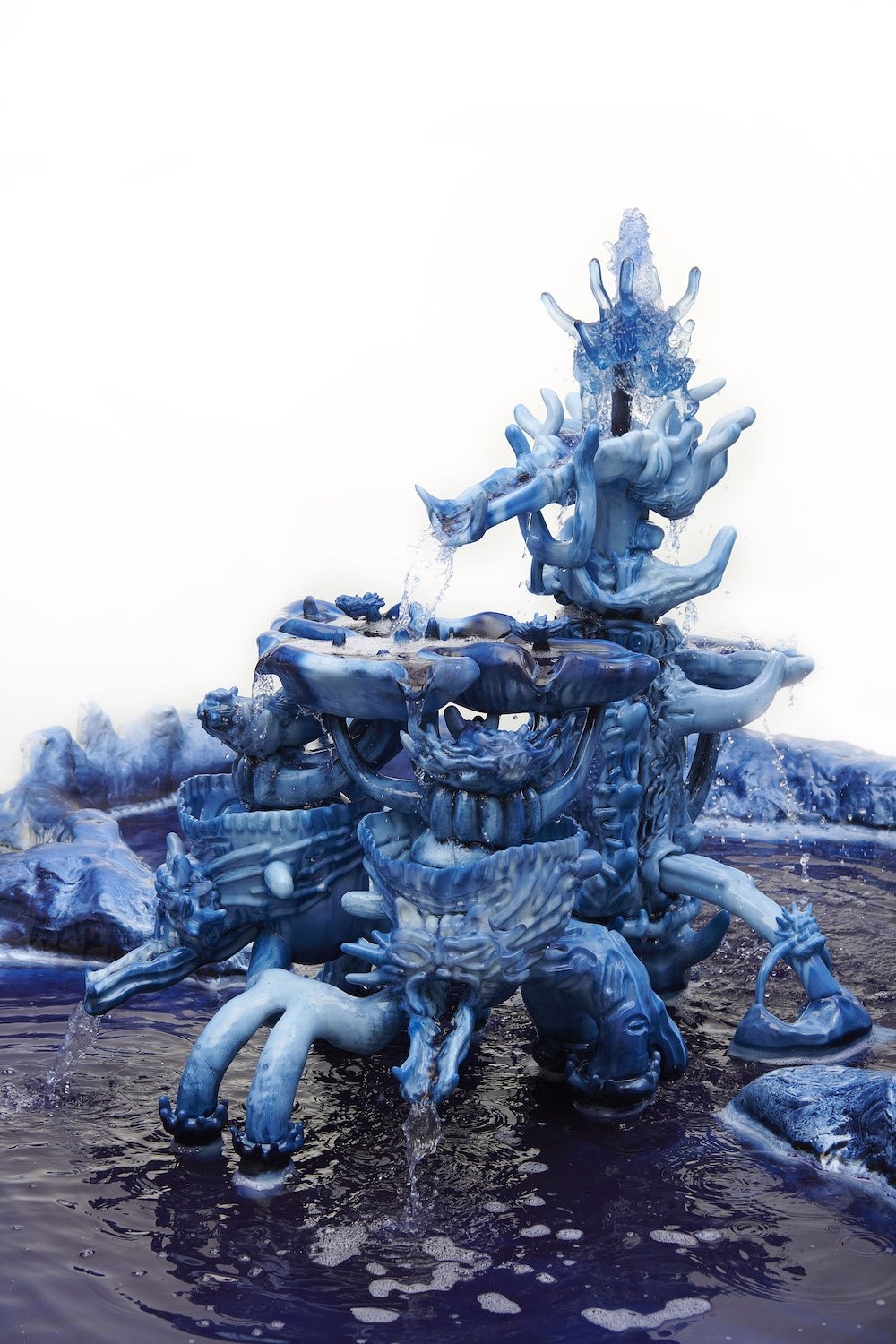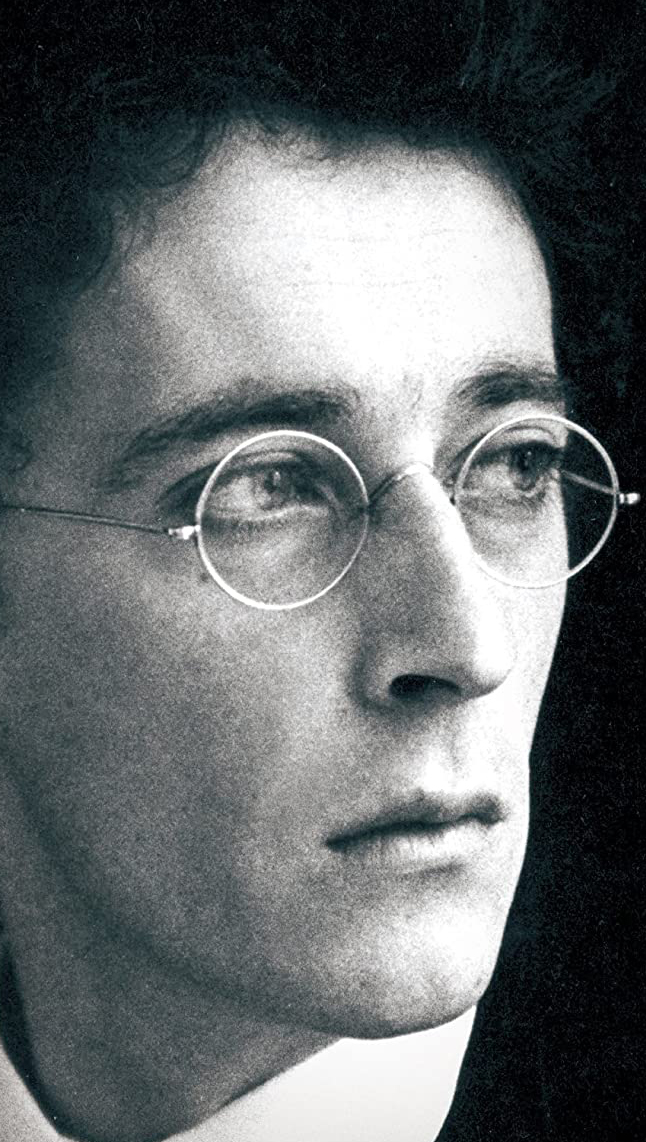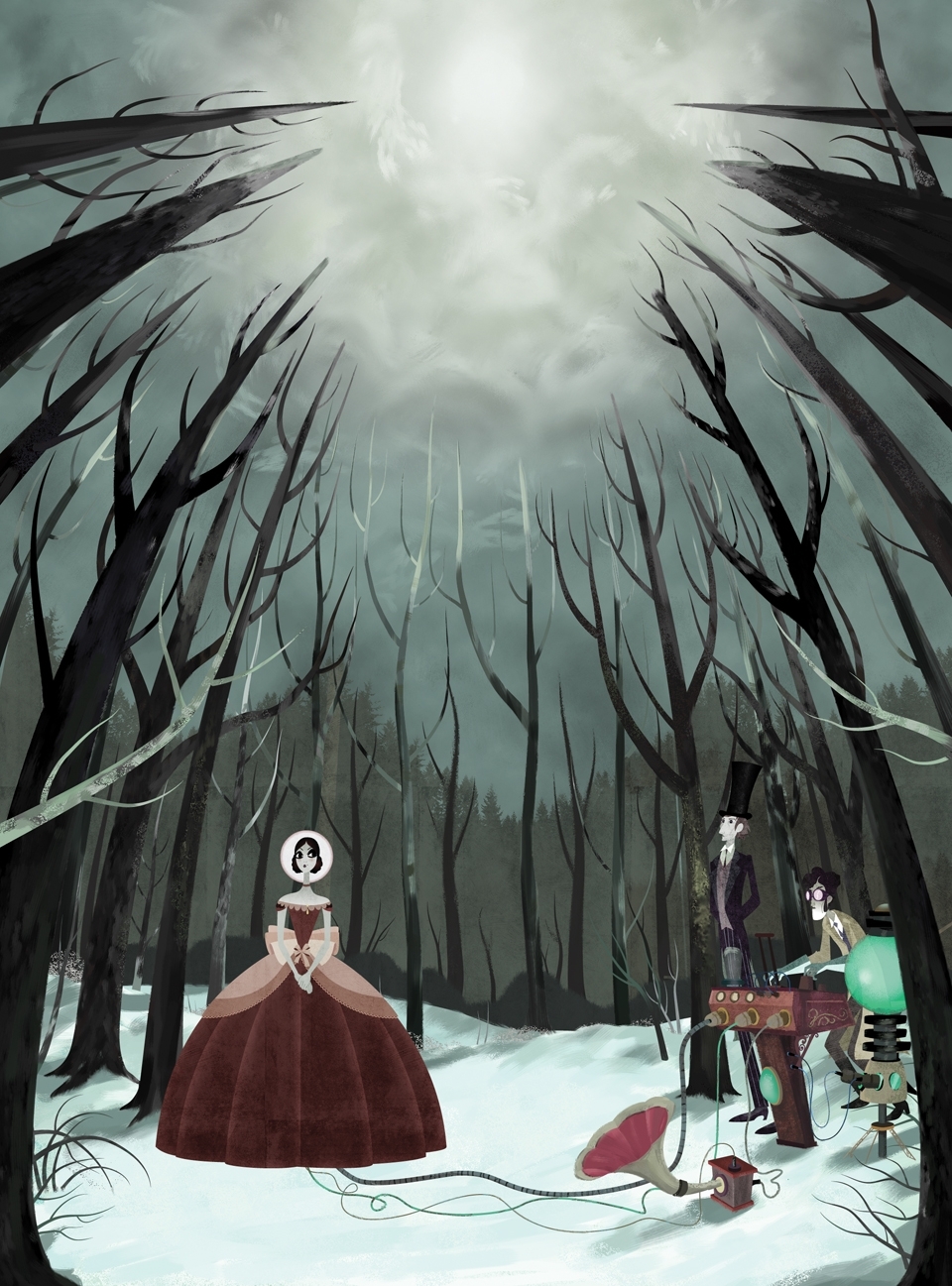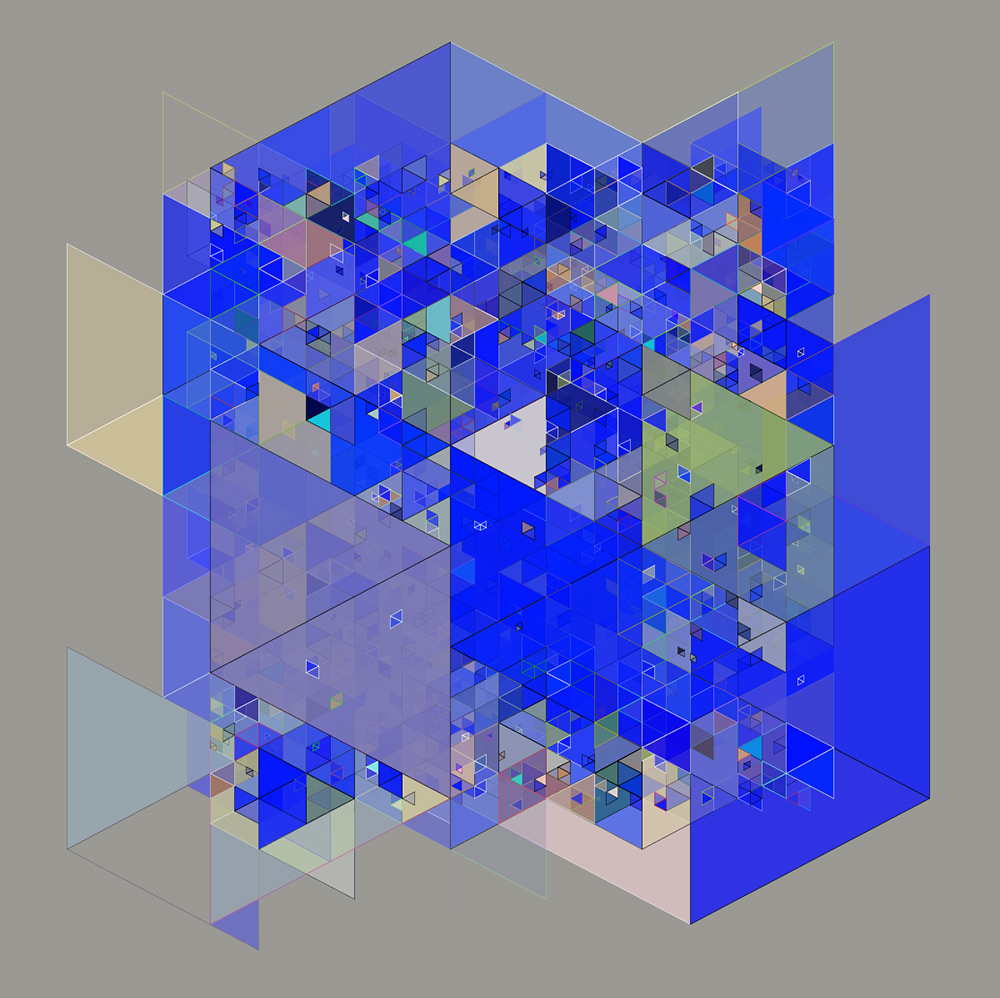Dina Khuseyn, Patrick K.-H., Oleg Makarov
A multivarious result of visual representation of 3 non-identical structures (dance performance, sound art and animation) points at interactivity as the main possible axis of reference. Necessity of this axis derives from specific interpretations that can only appear by juxtaposing of several systems. It opposes to traditional “parallelism” of media, employed in theater that only imitates causality, but having it already done before performance is starting.
In Cinestetika, each element of each media works as separate PROCESS, but also serves a SIGNAL to other medias. This essential core makes Cinestetika rather an instrument to make a term “live performance” filled with its perfect sense.


